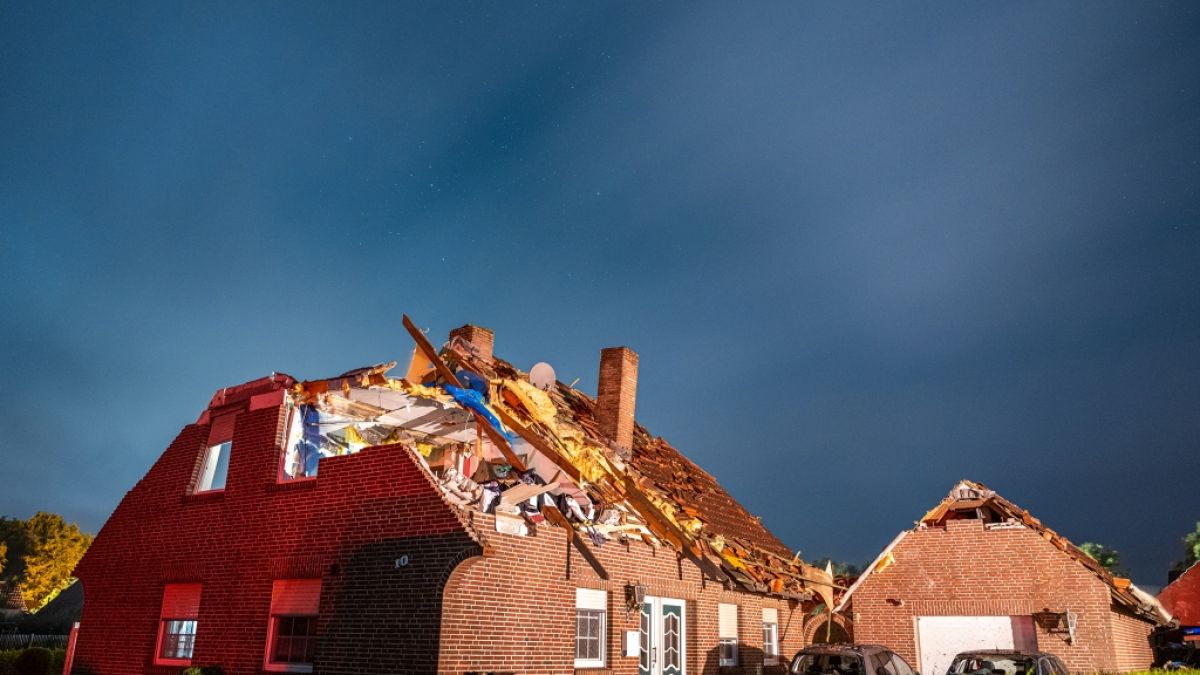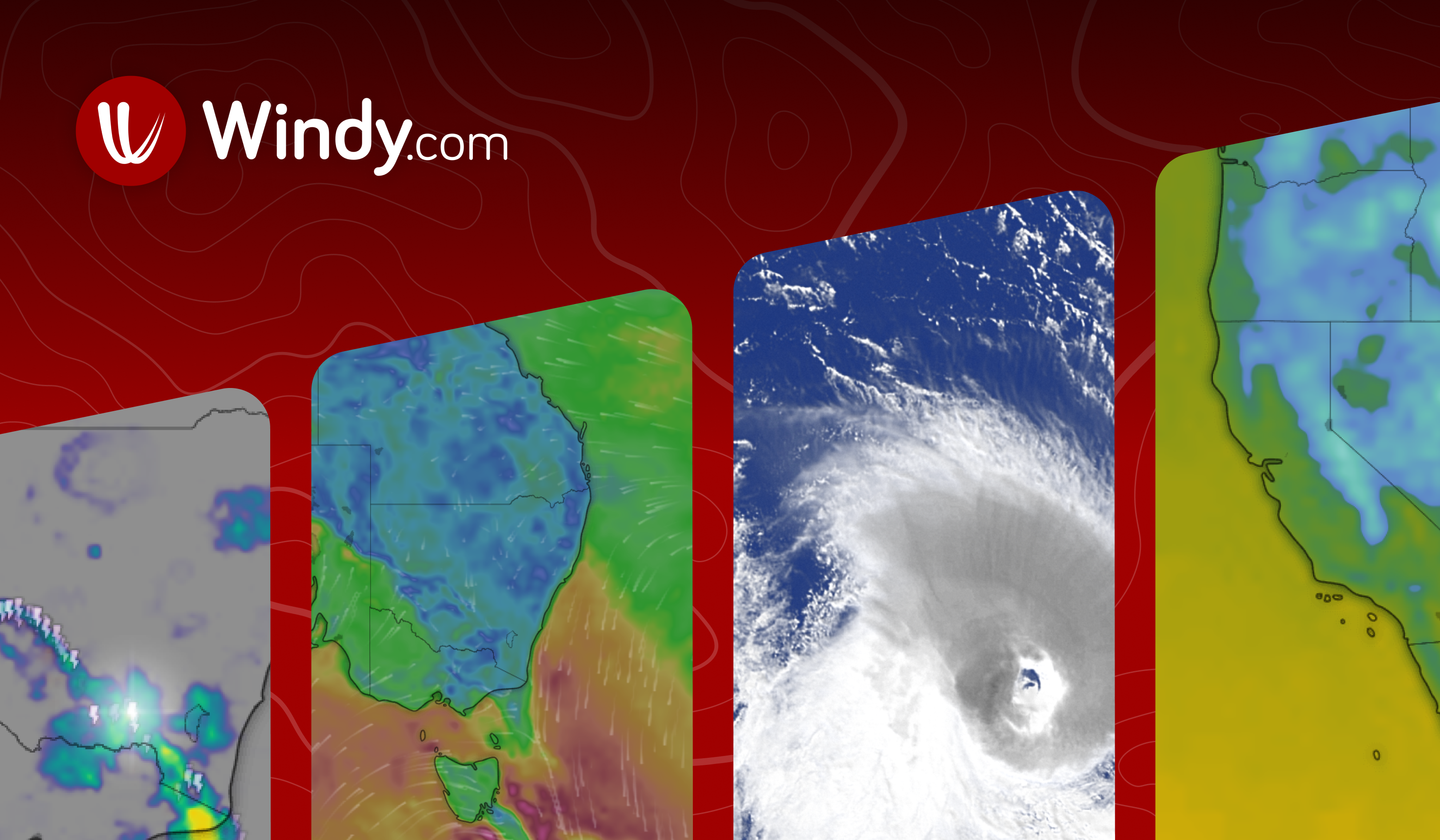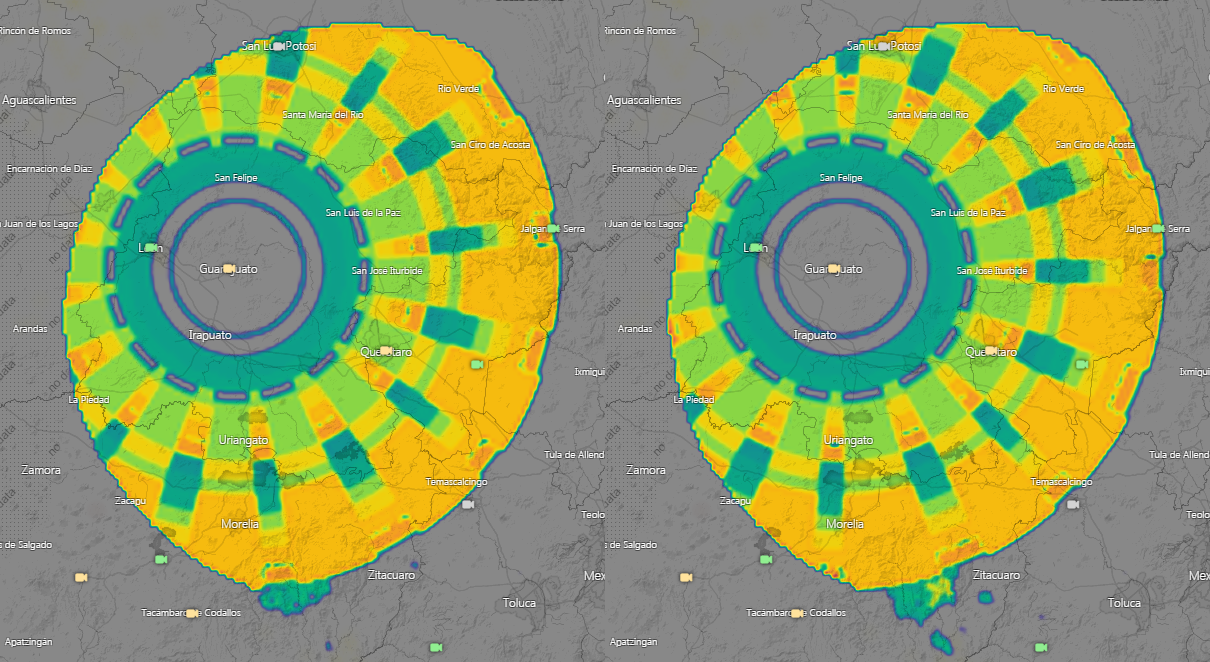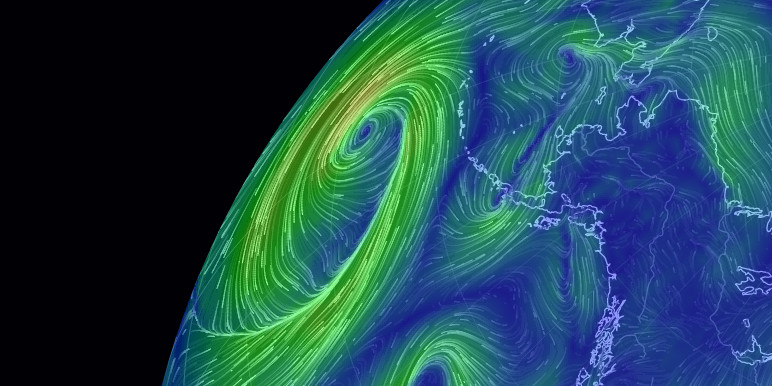
Källare har svämmat över och flera personbilar har fastnat i vattenfyllda viadukter.
Enligt Therese Fougman på SMHI har det regnat upp till 160 millimeter under ett dygn i Gävle.
– Normalt brukar det handla om 70-80 millimeter under hela månaden augusti, det här är alltså det dubbla på mindre än ett dygn, säger hon till DN.
Strax före klockan 03 gick räddningstjänsten i Gävleområdet ut med ett VMA, viktigt meddelande till allmänheten.
”Räddningstjänsten uppmanar folk att hålla sig hemma och inte bege sig ut på grund av större vattenmängder. Flera viadukter och byggnader är översvämmade. Räddningstjänsten kommer att prioritera samhällsviktiga byggnader för vattenpumpning,” skrev räddningstjänsten i meddelandet som skickades ut till boende i Gävleborg.
VMA togs bort vid 7-tiden på onsdagsmorgonen.
Polisen har kontaktat Trafikverket för att varna bilister att köra i regnovädret.
– Polisen har kontaktat oss om att i stort sett alla viadukter i Gävle kommun har svämmat över, behöver du inte åka bil så ska du stanna hemma, säger Per Östman, vägtrafikledare på Trafikverket, till Gefle Dagblad.
X-trafik skriver på sin hemsida att all lokaltrafik i Gävle är inställd sedan klockan 04.50 på onsdagsmorgonen och kan komma att tas i bruk igen tidigast klockan 11.
På E16 och E4 kan det vara problem att ta sig fram på vissa ställen. På Gävle Central kan man endast trafikera vissa tågspår då man inte kommer ut på plattformarna på grund av översvämning i tunneln, skriver Trafikverket på sin hemsida.
Johan Kallin Stropp, inre befäl på Gästrike räddningstjänst, uppger strax före halv 7 på onsdagsmorgonen att regnet i princip har upphört för tillfället.
– Det gör läget lite mer gynnsamt. Vi har jobbat för fullt hela natten med nästan hela förbundets styrkor, säger han till DN.
Insatserna har gällt översvämmade källare, vattenskador och personbilar som fastnat i vattenfyllda viadukter. Polishuset utrymdes under natten på grund av risk för att ett tak till ett omklädningsrum skulle rasa in, på grund av en vattenansamling.
– Vi har fått välja bort privatpersoner med vattenfyllda källare, vi har inte möjlighet att hjälpa dem i nuläget, säger Johan Kallin Stropp.
Det största problemet just nu är att vattenmassor i viadukter hindrar trafiken. Johan Kallin Stropp uppskattar att vattenmängderna på vissa håll har uppmätt 3 meter.
– Det har varit flera personer som blivit instängda i bilar som fastnat i viadukter men alla har kunnat ta sig ut, säger han.
De materiella skadorna bedöms som stora, främst på byggnader.
– Däremot har inga personskador rapporterats, säger Johan Kallin Stropp.
Gefle Dagblad rapporterar på onsdagsmorgonen att skolstarten har skjutits upp på grund av de stora regnmängderna, den tidigare uppmaningen att hålla sig hemma samt inställd buss- och tågtrafik. Förskolor håller öppet, liksom särskolor för de elever som behöver tillsyn.
Förutom Gävle är även närliggande Hofors svårt drabbat av översvämning, enligt räddningstjänstens inre befäl.
Enligt Therese Fougman, meteorolog på SMHI, har det regnat 150-160 millimeter i Gävle sedan tisdagen och 109 millimeter i Ockelbo.
– Normalt brukar det handla om 70-80 millimeter under hela månaden augusti, det här är alltså det dubbla på mindre än ett dygn, säger hon till DN.
Och även om det just nu är uppehåll i Gävle väntas mer regn.
– Det kraftigaste regnet har mattats av men det kommer regnskurar senare under dagen. Inte av samma dignitet, men å andra sidan har ju vägarna redan svämmat över, säger Therese Fougman.
I såväl Gävleborg som Dalarnas län råder klass 2-varning för mycket stora regnmängder och klass 1-varning för höga flöden. I södra Dalarna har väderstationen Stora Spånsberget i Borlänge kommun uppmätt 58 millimeter regn sedan tisdagsmorgonen.
– Varningarna kan komma att klassas ner under dagen men det regnar fortfarande intensivt på flera ställen, säger Therese Fougman.
För andra delar – Västernorrland, Jämtland, östra Västerbotten, Uppsala och Västmanland – gäller klass 1-varningar. En klass 1-varning har även tillkommit för Jämtlands län, där regnet har börjat falla under natten och väntas bli som kraftigast under de tidiga morgontimmarna.
Skyfallen väntas hålla i sig fram till onsdagseftermiddagen.
– Vädret ser ut att bli fortsatt ostadigt även resten av veckan men det ser inte ut att bli betydligt beskedligare regnväder, säger Therese Fougman.
Även i Skåne och Västra Götaland har skyfallen varit kraftiga. Bara mellan klockan 21 och 22 på tisdagskvällen föll det exempelvis 19 millimeter regn i Malmö, men nu har de mest intensiva skyfallen avtagit i södra Sverige, enligt SMHI.
 - Großheide, Germany; north Germany near Netherland´s border.
- Großheide, Germany; north Germany near Netherland´s border.








